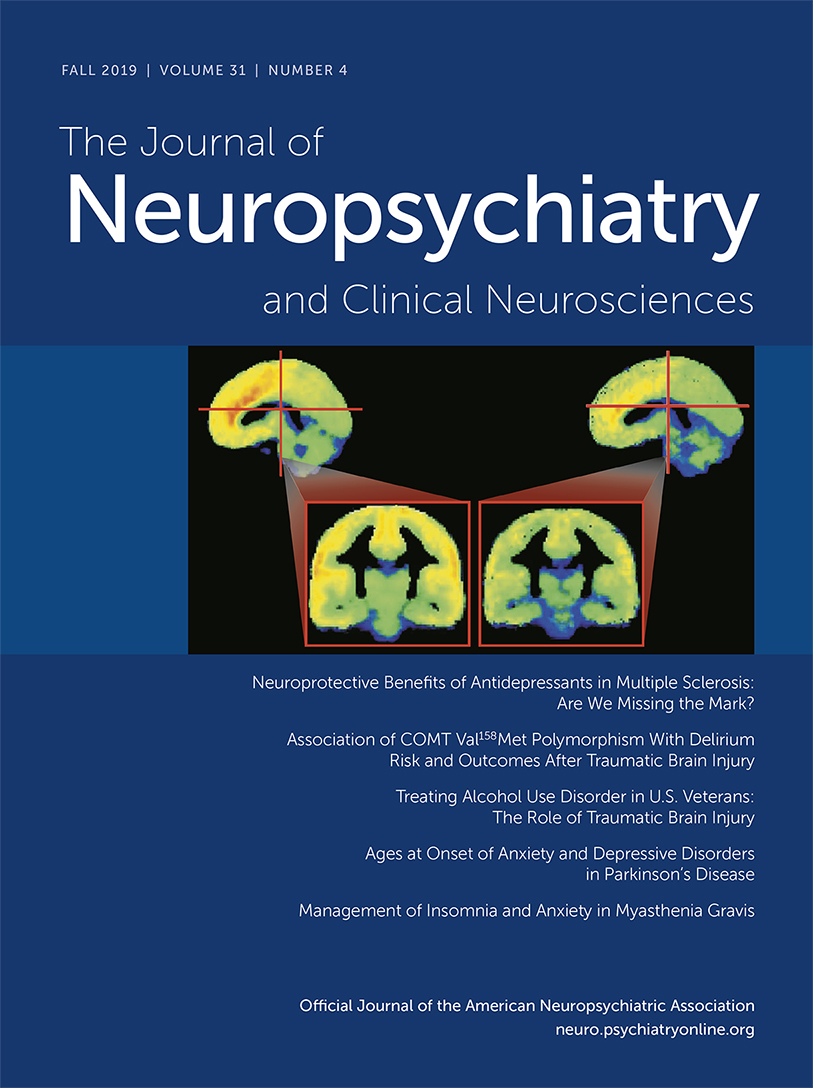A Continuous Clustering Algorithm for Detection of Local Sleep in Humans
Abstract
Objective:
Research in animal models has shown that many EEG sleep features reflect local conditions, which is a consequence of relative inactivity of neuronal clusters. In humans, the authors previously reported that focal sleep patterns appear on the cortex during the wake state and suggested that this underlies the condition described as drowsiness. The focal changes at individual electrodes appeared as a combination of increased instantaneous amplitude in the delta band and decreased instantaneous frequency in the theta-alpha band during non-REM sleep, with the opposite occurring during the wake state, permitting their categorization as “active” and “inactive.” A limitation of the previous work was the use of a binary k-means clustering algorithm, which created the possibility that the findings were biased toward a predominantly inactive state while the study subject was still awake. The present study tested the hypothesis that analyzing the same data by using a continuous rather than binary classifier would overcome this limitation.
Methods:
An analysis was performed on records from six patients with refractory epilepsy who were undergoing video-electrocorticographic monitoring with implanted subdural grid electrodes. A fuzzy c-means clustering algorithm was utilized after feature extraction from the recordings to create state classifications for each moment in each recording. A subsequent analysis was performed to determine the relative contributions of instantaneous amplitude versus instantaneous frequency to the classification.
Results:
Localized state changes consistent with the hypothesis were observed. The contributions from instantaneous frequency and amplitude appeared roughly equal.
Conclusions:
This study reveals evidence of local sleep during the wake state in humans.



